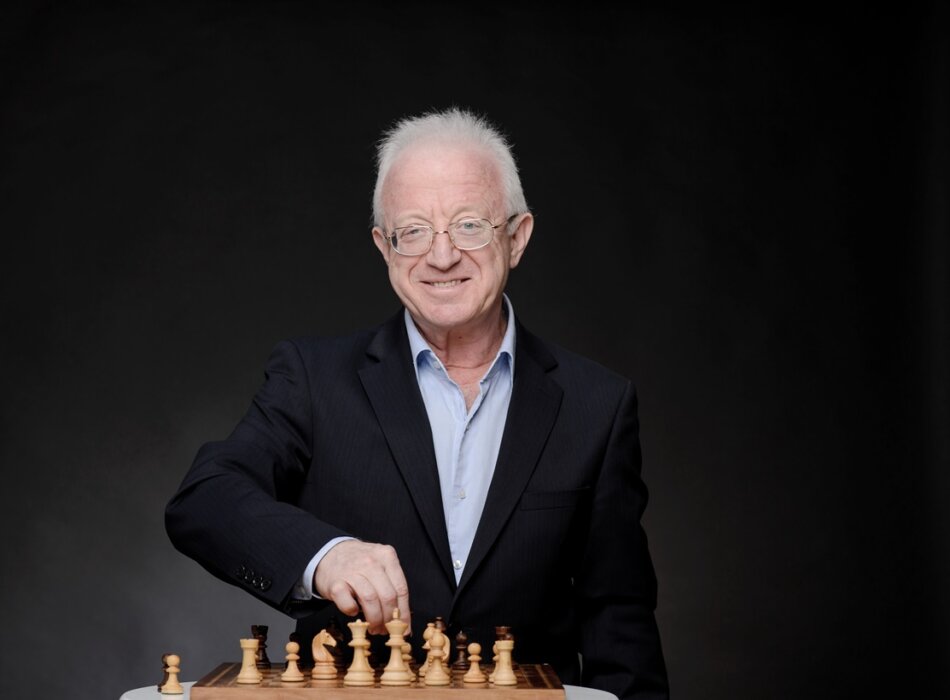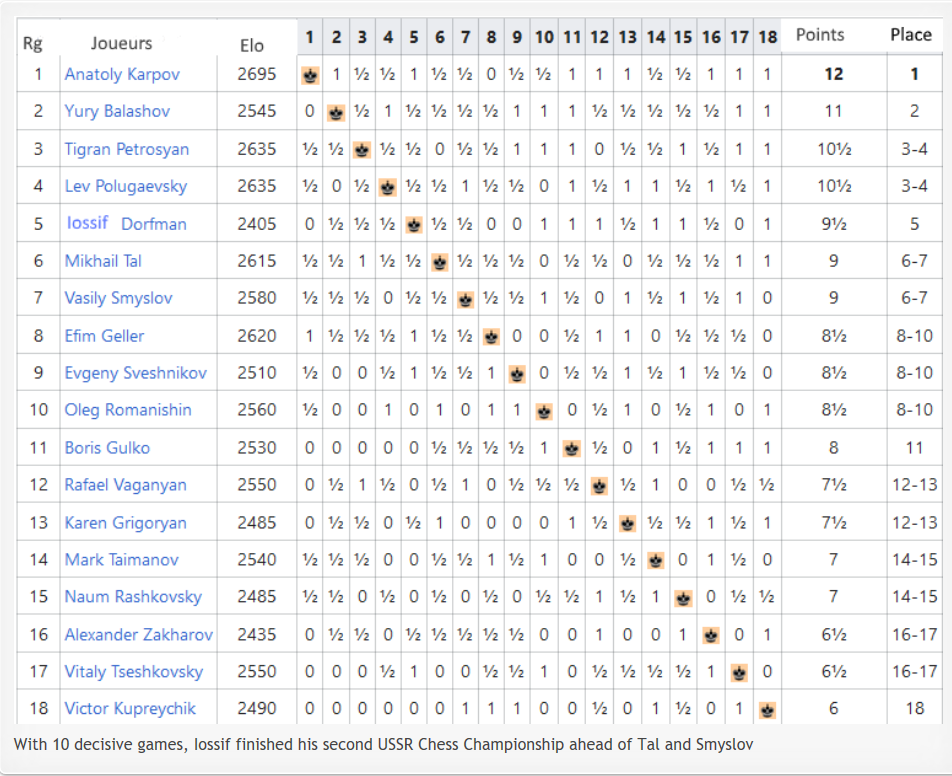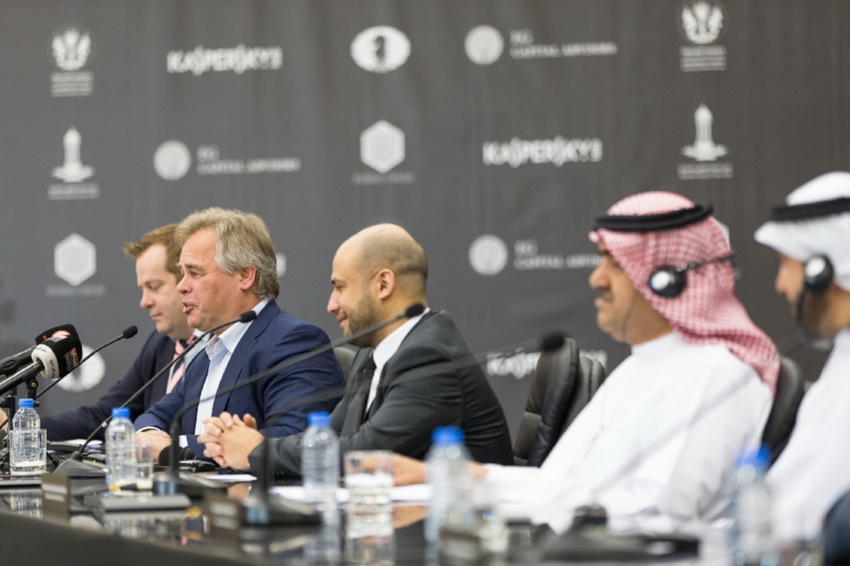The third day of the FIDE World Women’s Chess Championship is over and all the results of the first round are in. After two days 21 matches out of 32 had been decided. The remaining 11 matches continued with playoffs.
According to the regulations of the World Cup tiebreaks two rapid games are played at a rate of 25 minutes for each player with an increment of 10 seconds per move.
If the score is still tied two accelerated rapid games are played with a time control of 10 min + 10 sec. If the score is still deadlocked two blitz games are then played at 5 min + 3 sec.
Finally, if a winner has still not been determined a sudden death Armageddon game takes place with 5 minutes for White and 4 minutes for Black with a 2 sec increment after move 60. In that game Black has draw odds (i.e. he wins if the game is drawn).
9 players were eliminated after two rapid games. Some favorites won their matches but there were also some surprises. Harika Dronavalli, Zhao Xue, Sheng Yang, Guramishvili Sopiko, Huang Qian, Salome Melia, Olga Zimina, Anastasia Savina, Nataliya Buksa went through to the next round.
A few of the rating favorites, including Hoang Thanh Trang, Monica Socko, Ekaterina Atalik, Bela Khotenashvili were knocked out of the World Championship at this stage.
2 rapid matches Dzagnidze-Khaled and Bodnaruk-Hejazipour finished in a draw so the players continued their battles at the 10 min + 10 sec time control. One of the top players of the tournament Nana Dzagnidze found her play and was successful at that stage. She won both games and eliminated her opponent.
The last match between Russian player Anastasia Bodnaruk and Iranian player Mitra Hejazipour was not decided in blitz and the players reached Armageddon game.
During the whole match not even one game has finished in a draw and every time Anastasia Bodnaruk had to win the second game to equalize the score. Mitra Hejazipour showed absolutely great fighting spirit but in the last battle of chess strength and nerves the Russian player was better. Playing White Anastasia Bodnaruk defeated her opponent, who needed to make a draw to advance.
The second round of the FIDE Women’s World Championship starts at 3 p.m. local time on 14th of February. 32 participants will continue playing but as before only half of them will advance to the next stage.
official website








